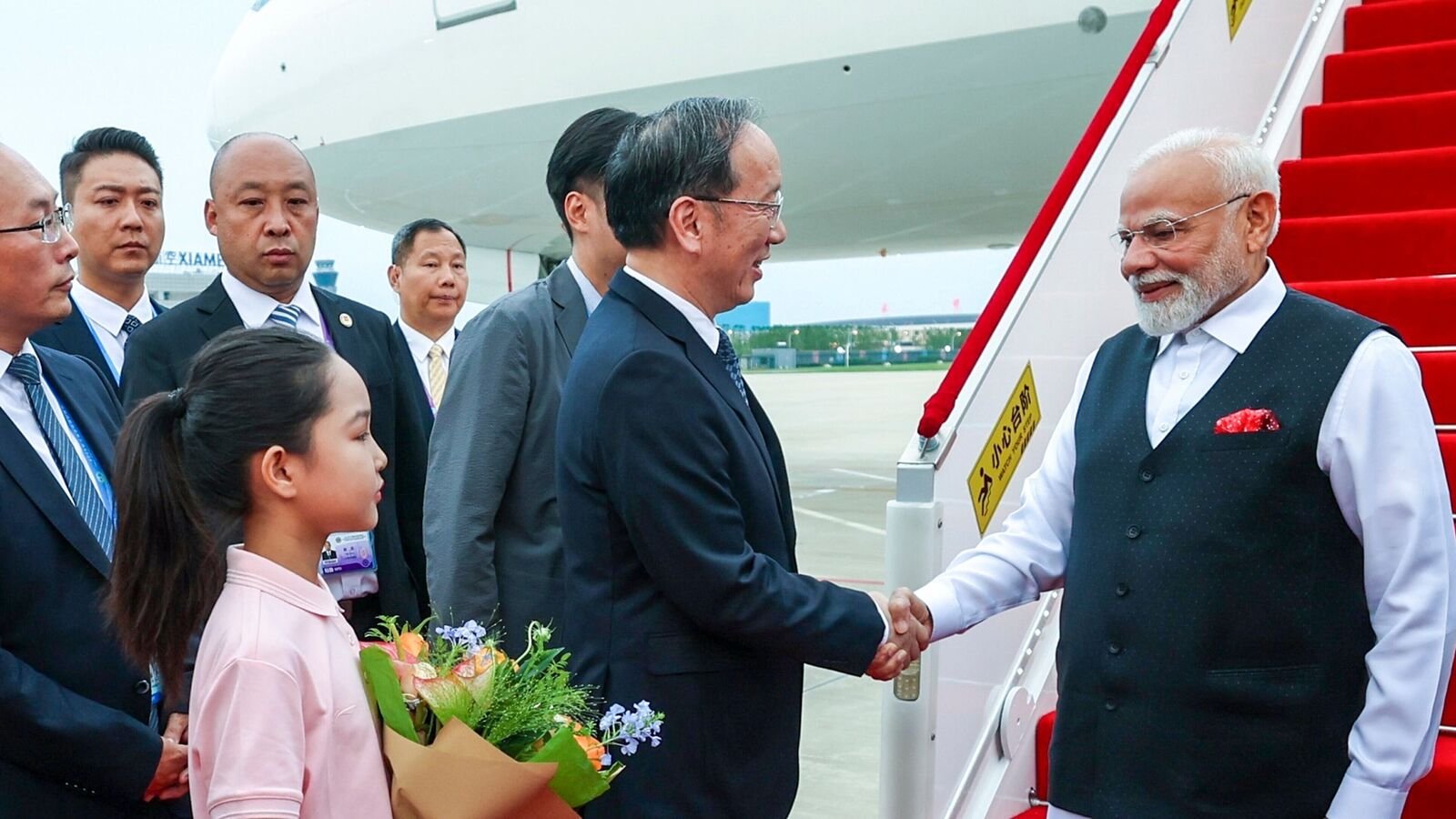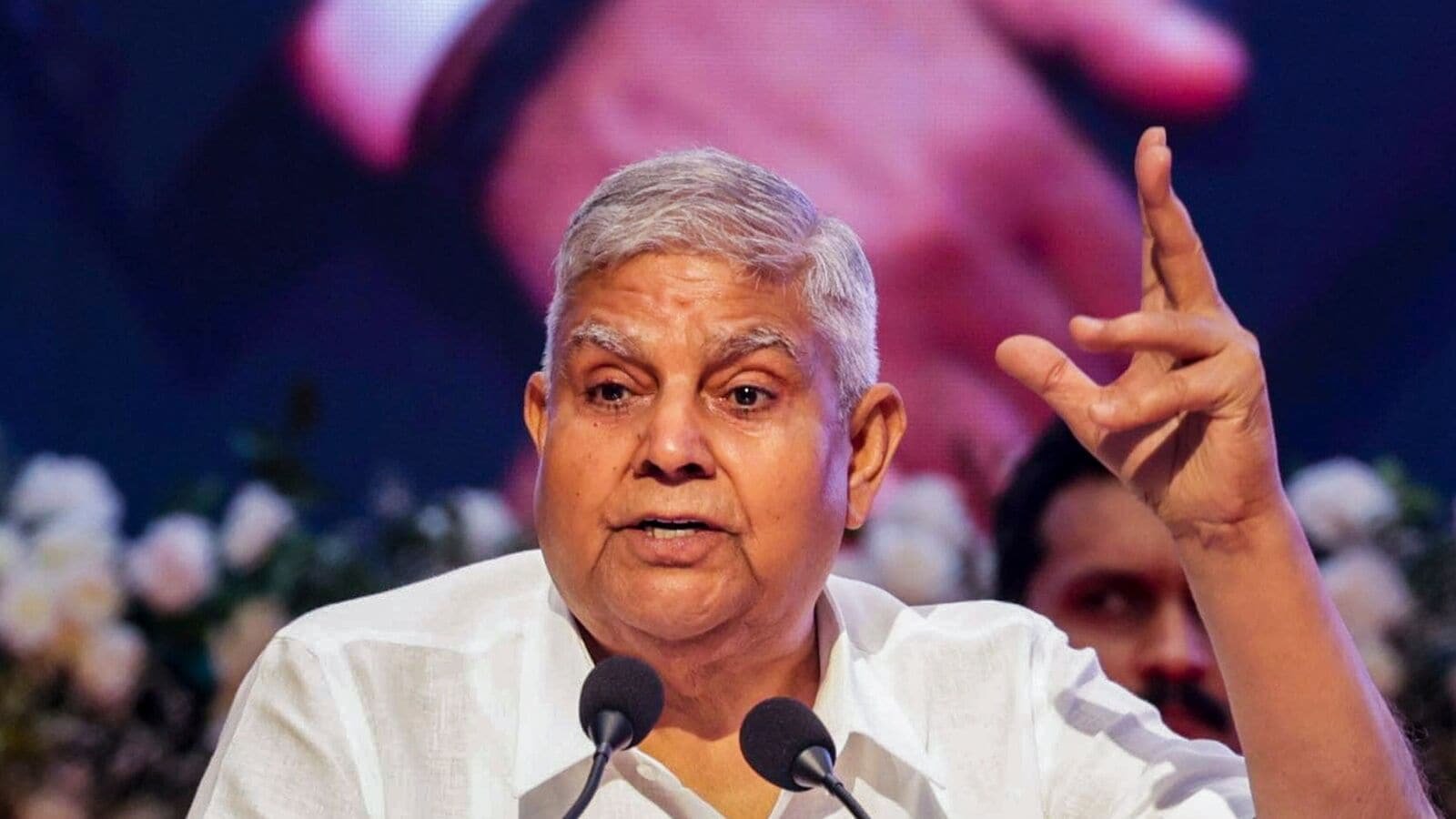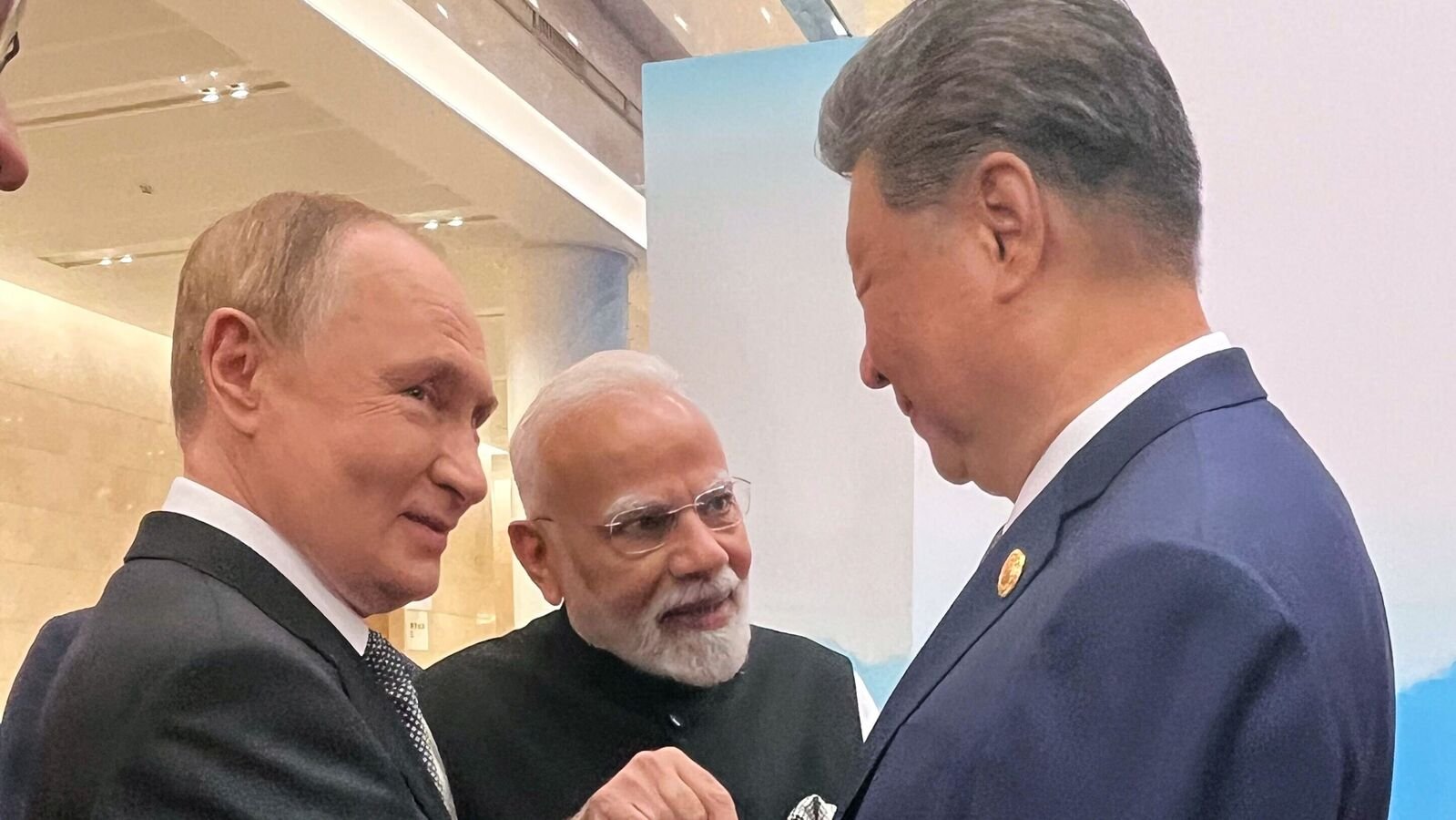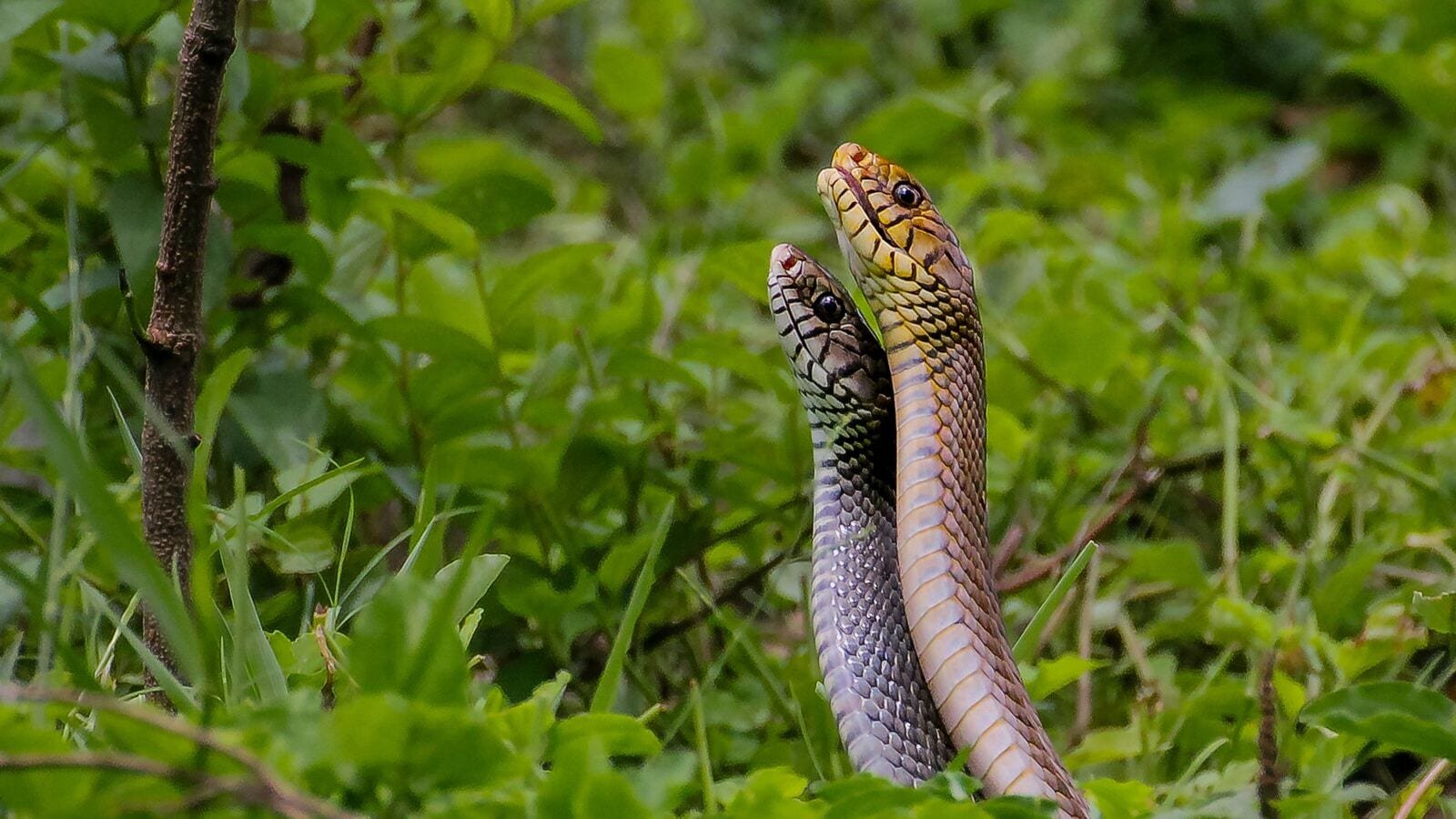PM Narendra Modi to meet Xi Jinping: From Panchsheel to the present – a timeline of India–China ties

Narendra Modi is scheduled to participate in the Shanghai Cooperation Organisation (SCO) Summit and hold meetings with Chinese President Xi Jinping. The two nations are looking to strengthen ties amid global trade tensions sparked by US President Donald Trump.
The visit also assumes significance as it is PM Narendra Modi‘s first trip to China since India and China became embroiled in a military standoff on the Line of Actual Control (LAC) in April-May 2020.
Xi and Modi met last year at Kazan on the sidelines of theBRICS summit, which ended over a four-year deadlock or freeze in the bilateral ties over the military tensions in Eastern Ladakh.
The two neighbouring nations show signs of détente at a time when India-US relations are souring over President Donald Trump’s decision to double tariffs on Indian goods.
What would strong India-China ties mean?
China’s Xi Jinping, too, is trying to revive a sluggish Chinese economy at a time when sky-high US tariffs threaten to derail his plans, according to a BBC report
India and China are economic powerhouses. China is the world’s second-largest economy. With India’s growth expected to remain above 6 per cent, the $4 trillion economy is on the way to moving up to third place by 2028, according to the IMF.
“While the world has traditionally focused on the single most important bilateral relationship in the world, the US and China, it is time we shift more focus on how the second and third largest economies, China and India, can work together,” Qian Liu, founder and chief executive of Wusawa Advisory, based in Beijing, told the BBC.
Bilateral Investment
According to the Ministry of Commerce of China, Chinese investments to India in 2023 was $60.37 million and cumulative Chinese investments to India was $3.2 billion till 2023 (since 2015).
According to DPIIT data, India’s cumulative Foreign Direct Investment into China till March 2025 (since April 2000) was $2.5 billion.
History of India-China Ties
Narendra Modi is visiting China in continuation of past efforts by Prime Ministers to improve ties with China. From Jawaharlal Nehru’s 1954 visit, which introduced the Panchsheel principles, to Atal Bihari Vajpayee’s 2003 visit, which saw several agreements signed, the India-China ties have come a long way. Modi’s predecessor’s visits, too, focused on dialogue, trade, and border stability.
Here is a look at a timeline of key events in India-China relations over thelast several decades :
1949: India becomes the second non-communist nation after Burma, to recognise the People’s Republic of China.
1950: Diplomatic relations were established between India and China.
1954: The two nations sign 5 Principles of Peaceful Coexistence or Panchsheel, assuring each other’s territorial integrity and peaceful coexistence.
1959: Tibetan spiritual leader Dalai Lama flees with an estimated 80,000 followers and establishes a “government-in-exile” in India.
1962: India and China fight a brief border war, with New Delhi suffering defeat.
1976: The two nations restore full diplomatic ties after a 15-year hiatus.
1979: The then Foreign Minister Atal Bihari Vajpayee visits China.
1981: Chinese Foreign Minister Huang Hu visits India. Both countries begin an annual dialogue.
1988: Prime Minister Rajiv Gandhi visits China. Both nations agree to set up a joint working group on boundary disputes.
1991: Chinese Premier Li Peng visits India, the first by a Chinese premier in 31 years.
1993: PM PV Narasimha Rao visits China.
1995: The two countries decide to pull back their troops in the eastern sector.
1996 – Chinese President Jiang Zemin visits India
2000: India, China sign a bilateral trade pact to facilitate Beijing’s early entry into the WTO.
2002: Chinese Premier Zhu Rongji visits India.
2003: PM Atal Bihari Vajpayee visits China. The two nations reached a de facto agreement over the status of Tibet and Sikkim.
2005: Chinese Premier Wen Jiabao on visit to India backs India’s bid for a permanent seat in the UN Security Council.
Events since the military standoff in 2020 :
The India-China ties soured after the military standoff along the borders in Eastern Ladakh in 2020
2020: As many 20 Indian soldiers and four Chinese troops are killed in hand-to-hand combat in the Galwan Valley in Ladakh, northern India, in June 2020.
In the aftermath of the clashes, New Delhi heightened scrutiny of investments from China, banned popular Chinese mobile apps and severed direct passenger air routes.
Dec 2022: Minor border scuffles between Indian and Chinese troops break out in the Tawang sector of Arunachal Pradesh, often claimed by China as part of southern Tibet.
Aug 2023: Narendra Modi and Xi Jinping meet in Johannesburg on the sidelines of a summit of the BRICS grouping of nations and agree to intensify efforts to disengage and de-escalate tensions.
Sep 2024: Foreign Minister S Jaishankar, speaking at an event in Geneva, says about 75 per cent of the “disengagement” problems at India’s border with China had been sorted out.
Oct 2024: India and China reach a deal on patrolling their disputed frontier to end the military stand-off.
Narendra Modi and Xi Jinping hold their first formal talks in five years on 23 October on the sidelines of a BRICS summit in Russia.
Dec 2024: National Security Adviser (NDA) Ajit Doval vists China to hold first formal talks with Foreign Minister Wang Yi on the border issue after the October agreement.
Doval and Wang are designated as special representatives by their countries for discussing the border issue.
Jab 2025: Wang and Foreign Secretary Vikram Misri hold talks in China. Both sides agree to resume direct air services and work on resolving differences over trade and economic issues.
April 2025: A Chinese embassy spokesperson says India and China should cooperate to overcome difficulties posed by tariffs imposed by Trump’s administration.
July 2025: Jaishankar makes his first visit to China in five years. Says India and China must resolve border friction, pull back troops and avoid “restrictive trade measures” to normalise their relationship.
August 2025: Wang tells his Indian counterpart Jaishankar during a visit to New Delhi that China and India should establish “correct strategic understanding” and regard each other as partners, not rivals.
Chinese ambassador Xu Feihong says at an event in New Delhi that China opposes Washington’s steep tariffs on India and will “firmly stand with India”.
While the world has traditionally focused on the single most important bilateral relationship in the world, US and China, it is time we shift more focus on how the second and third largest economies, China and India, can work together.
30 August, 2025: Prime Minister Narendra Modi arrives in Tianjin ofor his first visit to China in seven years.
Discover more from News Hub
Subscribe to get the latest posts sent to your email.






